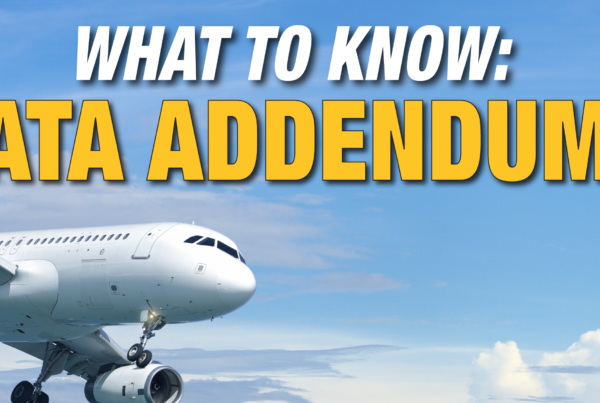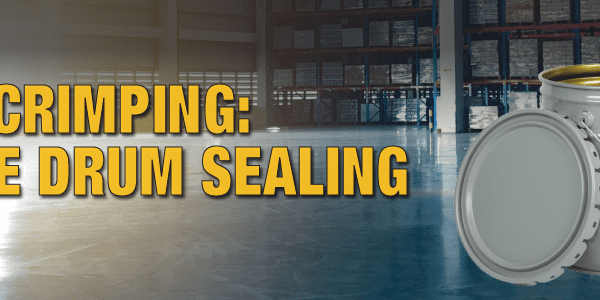Shipments to Puerto Rico, Non-hazardous substances, the Overpack label, and Aviation Regulated Liquids or Solids
Welcome back to the Regulatory Helpdesk where we answer your dangerous goods & hazmat questions. We’re here to help you become independent with – and understand the whys and hows – of the regulations.
Shipping to Puerto Rico
- Q. If 49 CFR is used to make a vessel shipment of limited quantities from the mainland US to Puerto Rico is a shipping paper required? I’m asking because limited quantities don’t require shipping papers.
-
A. Technically that is true. Shipping papers are not needed for US GROUND shipments. You have to read the fine print in paragraph 173.150(b) which is the section on limited quantities for flammable and combustible liquids. It that paragraph it says, ” … is not subject to the shipping paper requirements of subpart C of part 172 of this subchapter, unless the material meets the definition of a hazardous substance, hazardous waste, marine pollutant, or is offered for transportation and transported by aircraft or vessel, and is eligible for the exceptions provided in §173.156 of this part“.
Non-hazardous substances under WHMIS 2015
- Q.Customer called and asked if SDS’s were required for non-hazardous substances and where to find this in the WHMIS 2015 Regulations?
-
A.The answer to your question can be found below in WHMIS 2015, which states that safety data sheets only pertain to a hazardous product, therefore It is not required for non-hazardous goods.
In Section 2 of the Hazardous Products Act included in WHMIS it states:
Safety data sheet means a document that contains, under the headings that, by virtue of the regulations made under subsection 15(1), are required to appear in the document, information about a hazardous product, including information related to the hazards associated with any use, handling or storage of the hazardous product in a work place.
Color of the Overpack Label
- Q. Customer called and asked if there was a difference between an overpack label that is blue as opposed to red.
-
A. I referred the customer to 49 CFR §173.25 which requires the lettering in the word overpack on the outside of a package to be a certain height (12MM), but a specific color is not required.
Aviation regulated liquid or solid
- Q.Why is Aviation regulated liquid or solid used by air, but the SDS shows not regulated for the others modes of transport?
-
A. Aviation regulated liquid or solid is basically for something that is REALLY smelly … like a whole new level of stink. Think of it that way. It could also be something that is not really hazardous except that it gives off a crazy amount of vapors that could potentially cause drowsiness or something like that;not toxic kill you,but can easily affect a person. It could maybe even be something that doesn’t really stink so you can’t smell it before it is too late to feel effects.
The IATA regulations states: Any material which has narcotic, noxious or other properties such that in the event of spillage or leakage on an aircraft, extreme annoyance or discomfort could be caused to crew members so as to prevent the correct performance of assigned duties.
Basically what that says is that the material smells so bad;or releases so much narcotic vapor that a pilot wouldn’t be able to handle sitting there in the smell or vapors without something bad happening. And obviously you wouldn’t want a pilot and copilot being distracted from what they should be doing.
The reason why it is not listed the same for IMDG, or even Canadian TDG is because this is specifically applicable to the confined space of a plane.
Something that people would be inside of.
The TDG actually has UN3334 but it is listed with Special Provision 63, which states: These regulations do not apply to these dangerous goods unless they are to be transported by aircraft. Think of it as the UN number doesn’t exist for a regular old ground shipment.
Its similar for IMDG. The UN number is listed, but with Special Provision 960 which states that the material isn’t subject to IMDG requirements.






 ICC USA
ICC USA ICC Canada
ICC Canada
Thanks for the tips guys!! ????????
Thanks and congrats!!